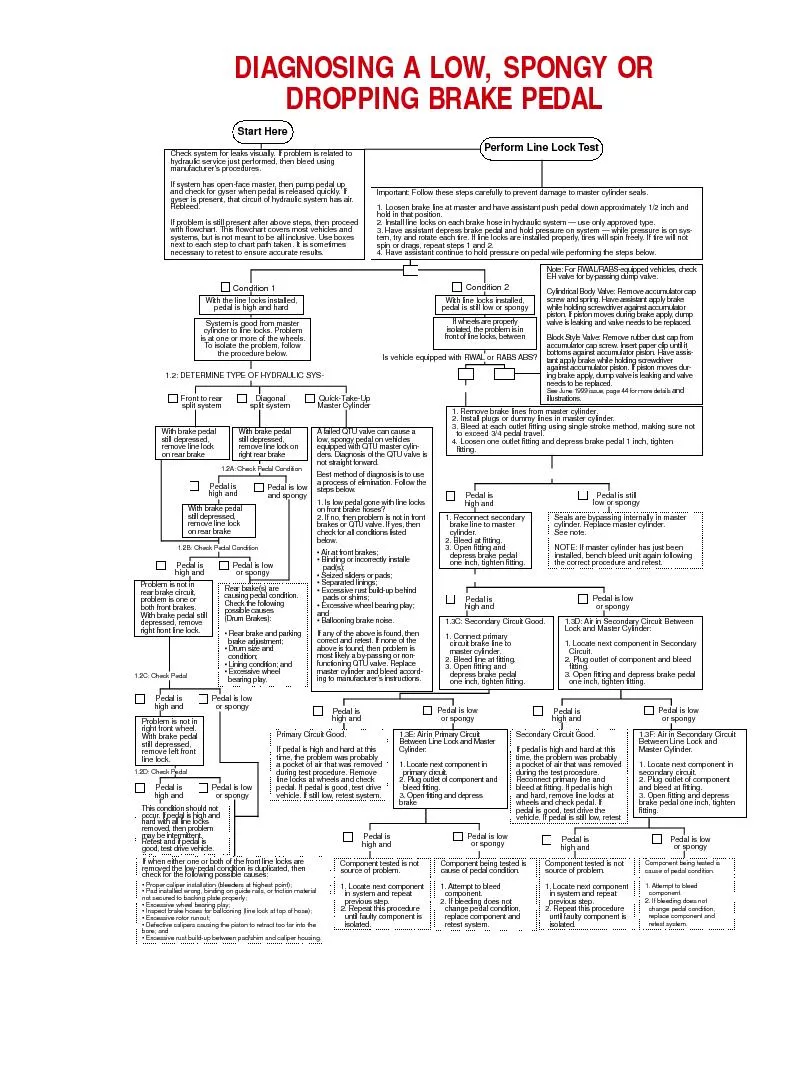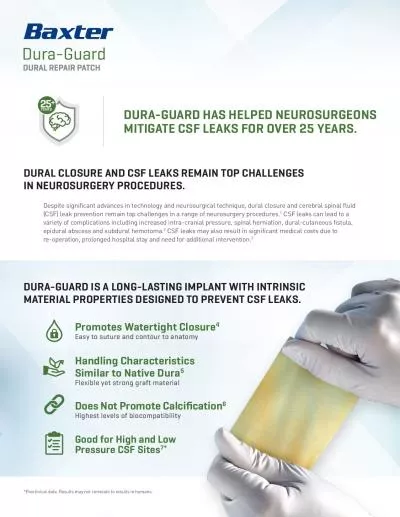PDF-Check system for leaks visually. If problem is related tohydraulic ser
Author : karlyn-bohler | Published Date : 2016-08-06
Important Follow these steps carefully to prevent damage to master cylinder seals1 Loosen brake line at master and have assistant push pedal down approximately 12
Presentation Embed Code
Download Presentation
Download Presentation The PPT/PDF document "Check system for leaks visually. If prob..." is the property of its rightful owner. Permission is granted to download and print the materials on this website for personal, non-commercial use only, and to display it on your personal computer provided you do not modify the materials and that you retain all copyright notices contained in the materials. By downloading content from our website, you accept the terms of this agreement.
Check system for leaks visually. If problem is related tohydraulic ser: Transcript
Download Rules Of Document
"Check system for leaks visually. If problem is related tohydraulic ser"The content belongs to its owner. You may download and print it for personal use, without modification, and keep all copyright notices. By downloading, you agree to these terms.
Related Documents














